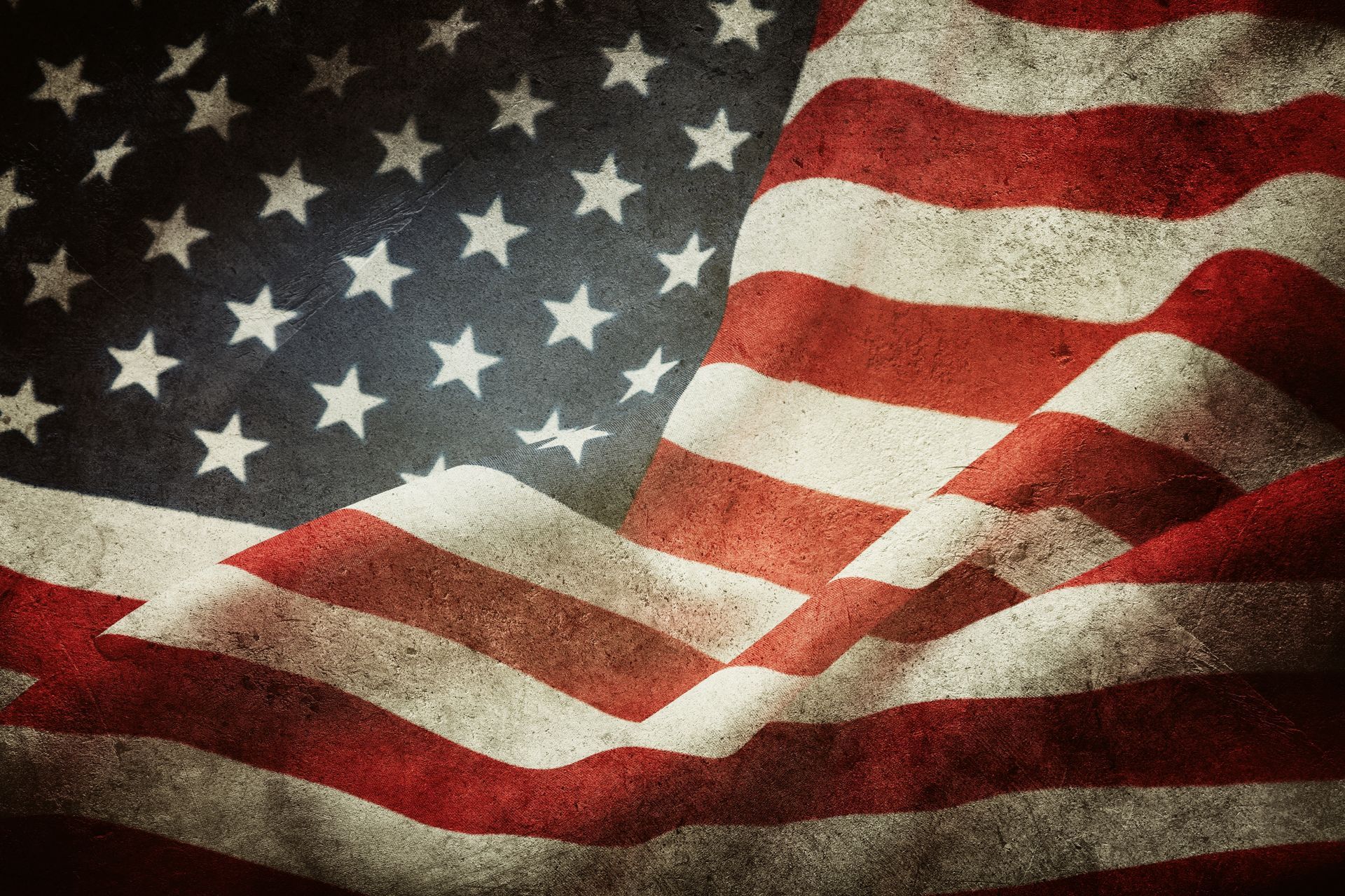Resolving family legal issues can be stressful and complicated. Emotions run high, and it can be difficult to see the matter clearly. You need objective legal counsel from an experienced family attorney. Call the Law Office of John Williams in Charlotte, NC. John Williams can assist you if you're filing for divorce. He also handles child custody and guardianship cases.
Arrange for a consultation with a divorce attorney in Charlotte, NC today.
Commentary

The articles contained herein do not necessarily reflect the views of Colorado DOGE Report or its management. They are the opinions of the authors alone.
Reining in the Inferior Courts:
Preserving Presidential Authority and Separation of Powers
The Myth of Judicial Supremacy Over the Executive
In an era where lower federal courts increasingly issue sweeping injunctions against presidential actions, it is crucial to reaffirm a foundational constitutional truth: inferior courts, meaning district and circuit courts, do not constitute a fourth branch of government with unchecked authority over the President. That role belongs solely to the Supreme Court as the head of the judicial branch. When the President exercises core executive powers, inferior courts lack the constitutional mandate to interfere or dictate terms. This principle stems directly from the Constitution's design, which vests executive authority exclusively in the President under Article II and limits judicial oversight to prevent encroachment on co-equal branches. Recent attempts by lower courts to halt executive policies, from immigration enforcement to regulatory reforms, represent an overreach that undermines the separation of powers. Legal precedents, including landmark Supreme Court decisions, confirm that the President stands beyond the reach of inferior courts in matters of official executive conduct.
Constitutional Framework: Executive Power and Judicial Limits
The Constitution meticulously delineates the powers of each branch to prevent anyone from dominating the others. Article II, Section 1 declares, "The executive Power shall be vested in a President of the United States of America." This vesting clause grants the President broad authority to execute laws, conduct foreign affairs, and manage the executive branch without undue interference. In contrast, Article III establishes "one supreme Court, and in such inferior Courts as the Congress may from time to time ordain and establish." The framers intentionally subordinated lower courts, granting them no original jurisdiction over the President in executive matters. The Supreme Court's original jurisdiction, as outlined in Article III, Section 2, includes cases involving ambassadors, public ministers, and states, but explicitly carves out the President's core functions from routine judicial meddling.
This structure reflects the founders' intent to maintain balance. Alexander Hamilton, in Federalist No. 78, described the judiciary as the "least dangerous" branch, possessing neither the purse nor the sword. Allowing inferior courts to enjoin presidential actions would invert this hierarchy, effectively creating a judicial veto over executive decisions. Such a system would paralyze the presidency, as lower judges, often appointed with lifetime tenure, could halt national policies based on partisan leanings. The Constitution provides no such power; instead, it reserves ultimate judicial review for the Supreme Court, ensuring that any check on the executive comes from the highest level after due deliberation.
Landmark Precedent: Mississippi v. Johnson and the Bar on Injunctions
One of the earliest and most definitive precedents affirming this separation is Mississippi v. Johnson (1867). In this case, the state of Mississippi sought an injunction from the Supreme Court to prevent President Andrew Johnson from enforcing the Reconstruction Acts, which it deemed unconstitutional. The Court, in a unanimous decision penned by Chief Justice Salmon Chase, held that the judiciary cannot restrain the President from carrying out executive duties mandated by Congress. Chase emphasized that the President's role in executing laws is a "purely executive and political" function, beyond the reach of courts to control through injunctions.
This ruling established a bright-line rule: courts, particularly inferior ones, lack authority to direct or prohibit the President's exercise of official powers. The case was brought directly to the Supreme Court under its original jurisdiction, underscoring that lower courts have no role in such disputes. If inferior courts could issue nationwide injunctions against executive actions, as they increasingly do today, it would violate this precedent and allow unelected judges to usurp presidential authority. Mississippi v. Johnson remains good law, reinforcing that the executive branch operates independently in its domain, subject only to political accountability through impeachment or elections, not judicial fiat from lower tribunals.
Modern Affirmation: Trump v. United States and Presidential Immunity
The Supreme Court's 2024 decision in Trump v. United States further solidifies the President's insulation from judicial overreach, particularly in criminal contexts tied to official acts. In a 6-3 ruling, the Court held that presidents enjoy absolute immunity for acts within their core constitutional powers and presumptive immunity for other official conduct. Chief Justice John Roberts, writing for the majority, stressed that such immunity is essential to preserve the separation of powers, preventing the judiciary from chilling executive decision-making through fear of prosecution.
While the case arose from a lower court's proceedings, the Supreme Court's intervention highlights the hierarchy: inferior courts may hear initial challenges, but they cannot conclusively bind the President without appellate review. The decision explicitly warns against allowing prosecutors or judges to probe the President's motives in official matters, which would "expose the President's most sensitive and important functions to examination." Applied broadly, this precedent curtails inferior courts' attempts to second-guess executive actions, such as border security or foreign policy, affirming that the President answers to the electorate, not district judges.
Additional Precedents: Reinforcing Executive Independence
Other cases bolster this argument. In Myers v. United States (1926), the Court upheld the President's exclusive power to remove executive officers, rejecting congressional attempts to limit this authority. Chief Justice William Howard Taft, a former president himself, argued that such power is inherent to the executive vesting clause, free from judicial interference. This decision underscores that inferior courts cannot micromanage the President's control over the executive branch.
Similarly, in Nixon v. Fitzgerald (1982), the Court granted absolute civil immunity to the President for official acts, reasoning that vulnerability to lawsuits would distract from duties. Although involving civil suits, the principle extends: lower courts cannot haul the President into protracted litigation over executive decisions. Even in United States v. Nixon (1974), where the Court ordered production of tapes, the unanimous decision came from the Supreme Court itself, not an inferior tribunal, and balanced privileges without enjoining core powers.
These precedents collectively affirm that while the judiciary can review laws and actions for constitutionality, inferior courts lack the stature to command the President in executive functions. The Supreme Court serves as the ultimate arbiter, ensuring disputes rise to the level warranting national resolution.
The Dangers of Inferior Court Overreach
When inferior courts issue rulings that effectively halt presidential policies nationwide, they act as a de facto fourth branch, unaccountable and unchecked. This trend, amplified in recent years, erodes legitimacy. Presidents are elected by the people; judges are not. Allowing a single district judge to block executive orders nationwide contravenes the founders' design and invites forum-shopping chaos. Such actions not only delay critical policies but also politicize the judiciary, as seen in challenges to travel bans or deregulation efforts.
The Constitution provides remedies like impeachment for presidential misconduct, not judicial micromanagement. Congress can override vetoes or withhold funds, but courts must defer to executive discretion in official matters.
Restoring Constitutional Balance
It is time to realign our understanding of judicial authority. Inferior courts are not co-equal to the President in executive affairs; they serve under the Supreme Court's supervision and must respect separation of powers. Precedents like Mississippi v. Johnson and Trump v. United States make this clear: the President wields executive power without fear of lower court interference. By upholding this principle, we preserve the vigorous executive the framers envisioned, accountable to voters, not judges. Policymakers and jurists must heed these lessons to prevent further erosion of our constitutional republic. The presidency demands independence to lead effectively; let’s ensure it remains so.
